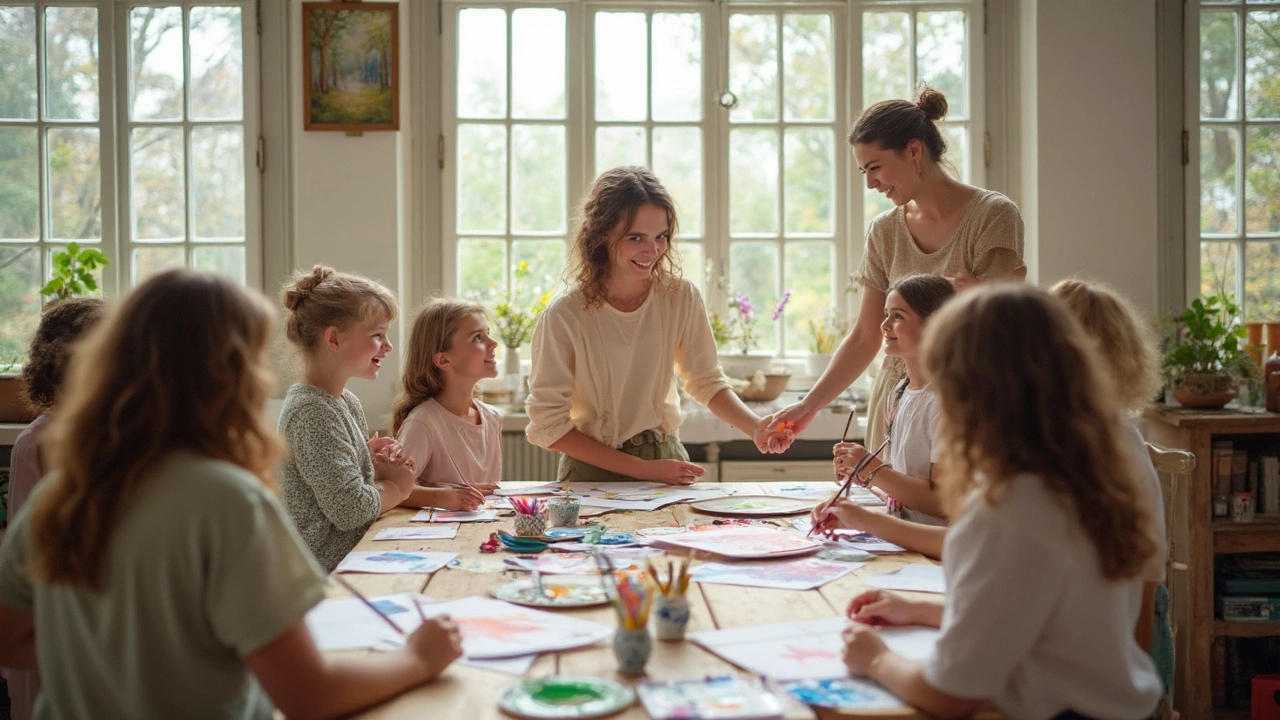Beginner Mistakes in Art – Common Errors and Simple Fixes
If you’ve ever walked away from a canvas or a block of clay feeling frustrated, you’re not alone. Most artists hit the same snags when they start out. The good news? Those slip‑ups are easy to spot and even easier to correct.
Spotting the Most Common Beginner Mistakes
One of the biggest traps is skipping the value study. Beginners often flood a piece with color and forget to map out light and dark first. The result is a flat, muddied look that’s hard to rescue later. A quick grayscale sketch can save you hours.
Another frequent error is over‑mixing paint. It’s tempting to chase the perfect hue, but too much mixing creates dull, lifeless tones. Keep your palette simple—three to five colors plus a few mixes—and you’ll retain brightness.
Composition gets ignored, too. Many newbies dive straight into details without a solid layout, causing crowded or unbalanced works. A loose thumbnail or a simple rule‑of‑thirds grid can straighten things out before you even pick up a brush.
When it comes to sculpture, using the wrong material is a classic rookie move. Cheap clay can crack, while heavy wood can be too tough for delicate details. The article “Cheapest Materials for Sculpture” shows how everyday items like cardboard or plaster can be sturdier than you think.
Finally, timing is often missed. In oil painting, applying a new layer over a still‑wet one leads to unwanted blending or cracking. The “How to Fix Mistakes in Oil Painting” guide explains why waiting for each layer to become tacky or dry makes a huge difference.
Quick Fixes & Prevention Tips
Start every piece with a value sketch. Use a charcoal stick or a light pencil to block in light, mid‑tone, and dark areas. Once the values feel right, add color on top. This habit catches tonal problems early.
Limit your palette. Pick a primary color, its complementary, and a neutral. Mix small test spots on a scrap board to see how they behave. If a mix looks muddy, back off and try a different combination.
Use a simple composition rule. Draw a quick grid, place the main subject off‑center, and add secondary elements in the remaining spaces. Move objects around until the eye flows naturally.
For sculpture, test a tiny piece of your chosen material first. If it cracks or bends, switch to a sturdier option before you commit to the full project. The “Easiest Sculptures for Beginners” article lists a few fool‑proof materials you can try right away.
In oil painting, let the first layer dry to a tacky feel before glazing over it. If you already painted over wet oil, gently scrape the problem area with a palette knife, clean the surface, and reapply thinly. The same article shows step‑by‑step repairs for wet, tacky, and dry layers.
Lastly, keep a notebook of mistakes and fixes. Jot down what went wrong, why it happened, and how you solved it. Over time you’ll see patterns and avoid repeating the same errors.
Remember, every mistake is a chance to learn. By spotting the common traps early and applying these practical fixes, you’ll see steady improvement in your art—whether you’re painting, drawing, or sculpting.

14 May 2025
Watercolor painting looks easy, but it trips up even the most eager beginners. This article breaks down three mistakes almost everyone makes when starting with watercolor. You’ll get clear tips to avoid these headaches, along with simple tweaks that actually work. Save your paper, keep your colors bright, and protect your sanity. If you want smoother results and less frustration, you’ll find real help here.
Continue reading...
